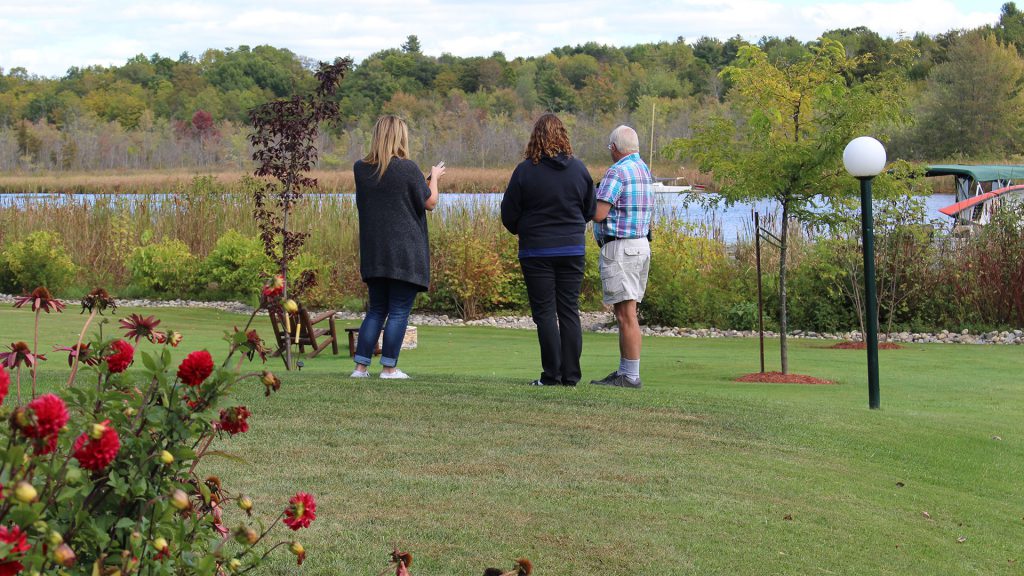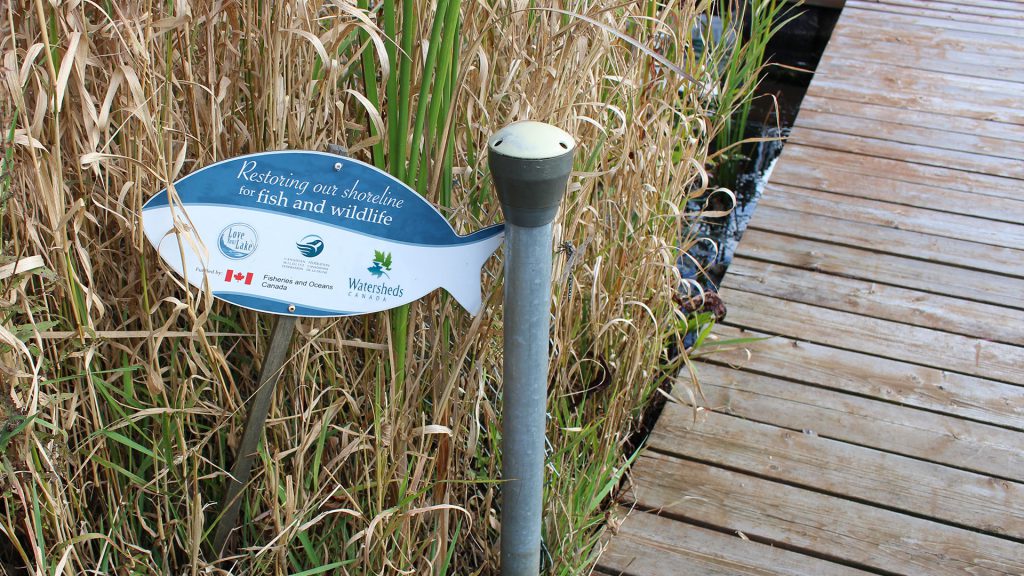A poorly functioning septic system can be dangerous. Improperly treated waste can lead to excess nutrients in a lake, algal blooms and disease-causing organisms that can make near-shore water unsafe.
Also for many shoreline property owners, lake water is a source of drinking water. Even if you get your drinking water from a well, a failing septic system can contaminate your water and your neighbours’ water as well.
Know where your tank is, when it was installed, last pumped and last inspected. You should also know where the drain field is if you have one.
In addition, you should consider:
Regular Pump-Outs
Depending on size and frequency of use, you should have your septic tank pumped every three to five years. If you have a holding tank, check it regularly to ensure it is not overfull or even close to capacity.
Drain Field Protection
Compacted soil can cause pipe cracking and large volumes of effluent to be released into the drain field. So keep heavy machinery (including cars) off your drain field, divert foot traffic away from it and move trees off the path ¾ especially ones with creeping roots like willows, birch, poplars and cedars. A 10-metre perimeter around the edge of the drain field clear of trees and shrubs is recommended.
Regular Inspections
Don’t do this yourself; you won’t know what to look for. Hire a licensed and trained professional every one to three years.
Input management
Keep chemical cleaners, solvents, antifreeze and cigarettes out of your septic system ¾ it’s meant for human waste only.
Conserve water
Use water-saving devices, don’t leave taps running and use dishwashers and washing machines for full loads only.
Well inspections
We recommend having your water tested three times a year.
Join our community
Stay up-to-date on the Love Your Lake program by receiving free updates on Canada’s lakes and rivers.
Program co-ordinated by:







